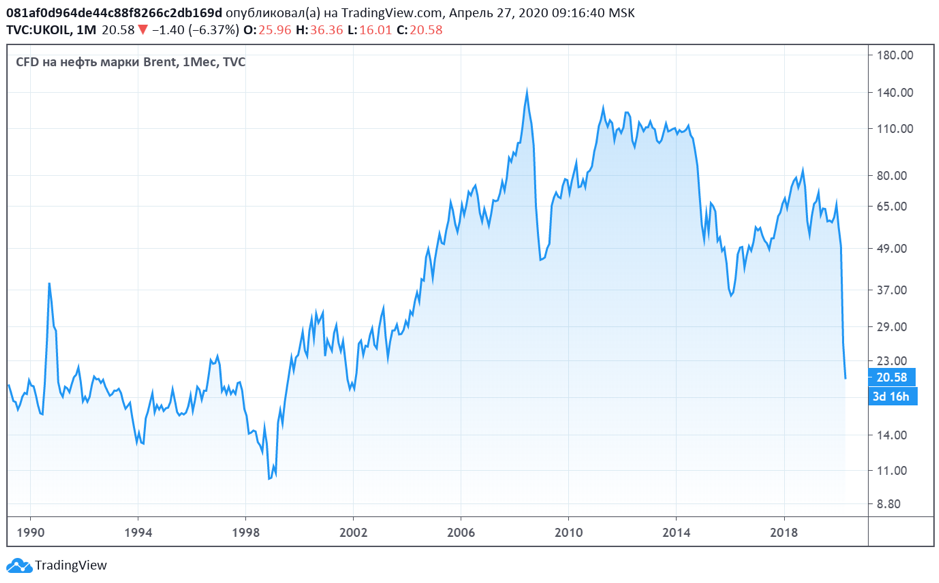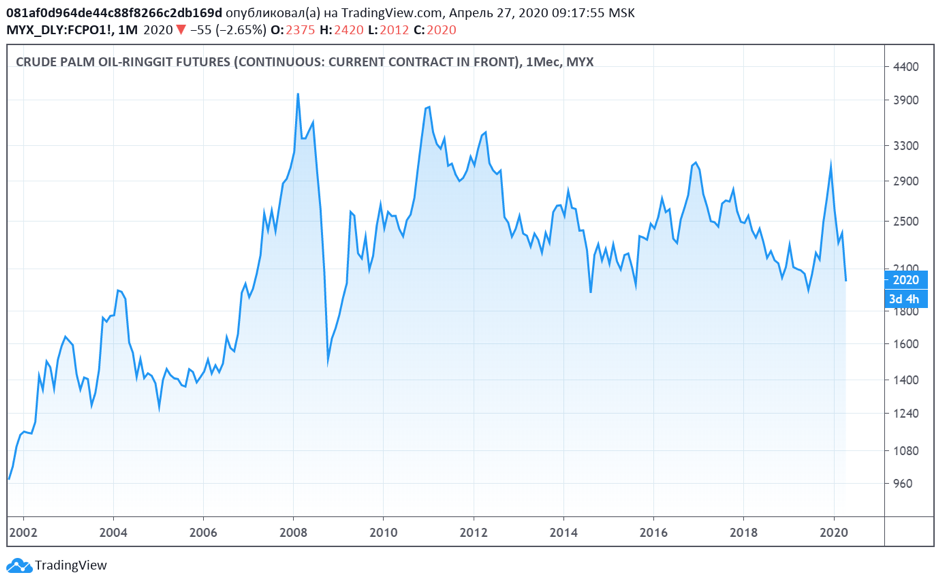In order to answer this question, it should first be indicated that the implementation of the biodiesel program itself is directly related to the allocation of subsidies. The amount of subsidies, in turn, depends on the difference in price between vegetable oil and crude (mineral) oil. In general, the larger the price difference, the more funds the government needs to allocate to implement the biodiesel program. On the other hand, the mandate of blending B20, being put on hold leads to the accumulation of surplus vegetable oil. This in turn puts pressure on the vegetable oil market and leads prices downward. Low prices have a negative impact on the income of palm oil producers and on revenues to the state budget. The final decision must be balanced.
World production of biodiesel overview
Palm oil is the main feedstock for biodiesel production followed by soya oil and rape oil. World production of biodiesel forecasted to decline for the first time since 2015. Leading producers are EU-28 and USA with forecast production in 2020 – 13.2 and 7.4 million tons respectively. The overall annual change of 2.01 million tons mainly due to a major decline in EU – 1.57 million tons or 11% decline vs 2019
EU Biodiesel production overview
“EU Biofuels Annual 2019: As a result of elevated imports and high stocks, EU FAME producers did not benefit from increased domestic consumption in 2018. EU produced FAME faced strong competition from domestically produced HVO and even more so from cheap FAME imports from Argentina (mostly soybean oil methyl ester, SME) and Indonesia (palm oil methyl ester, PME). As a result, EU FAME production decreased by 8%. The decreases were most pronounced in France, Germany, Italy, and Portugal. In contrast to the general downward trend, Spanish production increased, benefitting from export opportunities to other MSs, such as Italy, France and the Netherlands. HVO production increased less than forecast in last year’s report as projected start-ups for new plants in Italy and France were delayed.”
As a result capacity use in 2020 forecast is at 41% – the lowest capacity use level on record. Under the current conditions it seems that the EU will reduce usage of three vegetable oils as feedstock for biodiesel production even below projected levels.
The biggest challenge to biodiesel production relates to the fossil fuel market.
Crude oil price fall
The crude oil market is in deep crisis. The 5-year-high price for Brent was registered in October 2018 – 84 USD barrel (612 USD/ton). Since then the market is in fall hitting record lows. Today crude oil prices fell down to 236 USD per ton and below (as of April 21 CFD Brent traded at 20 USD/barrel – 146 USD per ton).

Last time the price went this low in December 2001 and stayed at this level for less than a month.
Prospects of Malaysia biodiesel mandate B20
As of palm oil price we must note that FCPO exceeded 3000 RM per ton in January 2020 (730 USD/ton) and since then is in a sharp fall.

FCPO price RM/ton historical data. Source: TradingView
At the moment (27 April 2020) palm oil futures is heading towards 2000 RM/ton (500 USD/ton) and most likely will do it in the closest trade session.
This is not the first time when the price spat widened this much. The same situation was observed in 2016-2017 and before in 2010-2011. Back in 2016 Malaysia produced 0.50 million tons of biodiesel (Indonesia – 3.18 million tons) and in the following 2017 Malaysia produced 0.72 and Indonesia – 2.97 million tons respectively.
What if the blending programs are temporarily halted
It is clear that under such circumstances the first and most obvious decision is to put the blending programs temporarily on hold at least. But since the implementation of the B20 program has not yet begun, we have the opportunity consider the possible impact of each decision to be made by the government.
An additional 500 thousand tons of palm oil will be required if the decision made to proceed with the implementation of the program as it was planned initially, In this case, the total palm oil consumption for the biodiesel subsidy program in Malaysia will be 1 million tons by the end of 2020. The implementation of B20 will increase the uptake of palm oil, easing domestic stocks. Although today Malaysian position in terms of stockpiling is much more manageable, compared to those times when the stocks were at 3 million tons, still implementation of B20 would be a signal of demand, supportive to the price of palm oil.
Theoretical, the excess CPO from the B20 mandate is 500k. If the decision is made to put the program on hold, the “excess” quantity can be absorbed by both traditional, and growing markets. The only problem is the current Covid-19 pandemic, which has placed the global demand for oils and fats in an uncertain situation.
Summing up, it should be noted that with the right approach both decisions will be correct and will provide support to the industry. Execution of the program will give additional incentive for price growth. Putting the program on hold won’t be critical for the industry while stocks are at low. In addition, the subsidy that was meant to be applied to the B20 biodiesel program, could now be channeled to subsidize and undertake marketing of Malaysian palm oil products in new and potential markets in ASEAN, CAR, Africa and Middle East.
Prepared by Aleksey Udovenko
*Disclaimer: This document has been prepared based on information from sources believed to be reliable but we do not make any representations as to its accuracy. This document is for information only and opinion expressed may be subject to change without notice and we will not accept any responsibility and shall not be held responsible for any loss or damage arising from or in respect of any use or misuse or reliance on the contents. We reserve our right to delete or edit any information on this site at any time at our absolute discretion without giving any prior notice.

